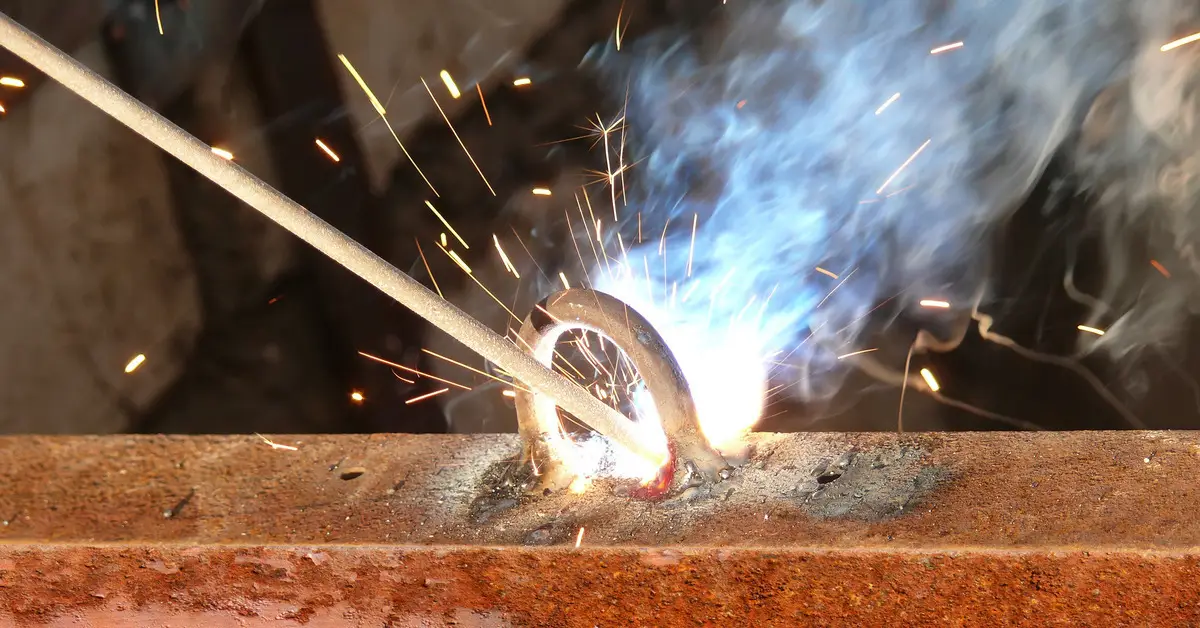
In the realm of manufacturing and metalworking, the choice of welding techniques can significantly influence the efficiency, cost, and quality of the final product. Among the various welding methods, advanced metal industries (AMI) orbital fusion welding stands out as a modern alternative to traditional welding processes. This innovative technique utilizes a unique approach that focuses on precision and automation, making it particularly advantageous for projects requiring high standards of integrity and reliability.
Let’s look at the differences between AMI orbital fusion and traditional welding and how they impact the welding industry.
Automation and Precision
One of the most significant advantages that AMI orbital fusion welding has over traditional methods is its automation capabilities. In traditional welding, a skilled operator must manually perform each weld. This process can be time-consuming, labor-intensive, and prone to human error. On the other hand, AMI orbital fusion utilizes robotic arms and advanced sensors to automate the welding process. The result is a highly precise and repeatable weld that minimizes human error and provides consistent quality welds every time.
Versatility
Traditional welding techniques often require specialized equipment for different types of materials or projects. For example, TIG welding may be suitable for thin sheets of metal, while MIG welding may be better suited for thicker materials. This means that a company would need to invest in multiple welding machines and training for their operators to handle various types of projects. In contrast, AMI orbital fusion is capable of welding a wide range of materials, from thin sheets to heavy-duty materials like pipes or pressure vessels. This versatility reduces the need for different equipment, ultimately saving time and resources.
Efficiency
Another significant difference between AMI orbital fusion and traditional welding is the level of efficiency the process can achieve. Traditional welding methods often require extensive preparation before initiating the actual weld. This can involve cleaning the surface, setting up fixtures, preheating the material, and other processes that can be time-consuming. AMI orbital fusion, on the other hand, requires minimal preparation due to its automated nature and ability to adjust for variations in joint fit-up. This results in a faster welding process overall and increased efficiency.
Joint Integrity
One of the main concerns in welding is maintaining the integrity of the joint. In traditional methods, human error or inconsistent welds can compromise the strength and durability of joints, leading to potential safety hazards. On the other hand, AMI orbital fusion provides highly precise and consistent welds that improve joint integrity and reduce the risk of failure.
Cost-Effectiveness
With its automation capabilities, precision, versatility, and efficiency, AMI orbital fusion ultimately results in cost savings for companies. The reduced need for specialized equipment, training, and labor, along with faster welding times, can lead to significant cost reductions and increased profitability.
While traditional welding methods have proven their reliability over the years, AMI orbital fusion presents a more advanced and efficient alternative. Its automation capabilities, precision, versatility, efficiency, and cost-effectiveness make it a game-changer in the welding industry. As technology continues to advance and demand for high-quality welded products increases, it’s safe to say that AMI orbital fusion will play an increasingly vital role in shaping modern manufacturing processes.
If you need orbital weld heads for your next project, SEC Industrial has you covered. We offer a variety of AMI orbital fusion welding equipment and services to meet your needs. Contact us today for more information.